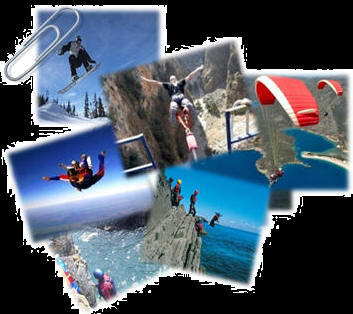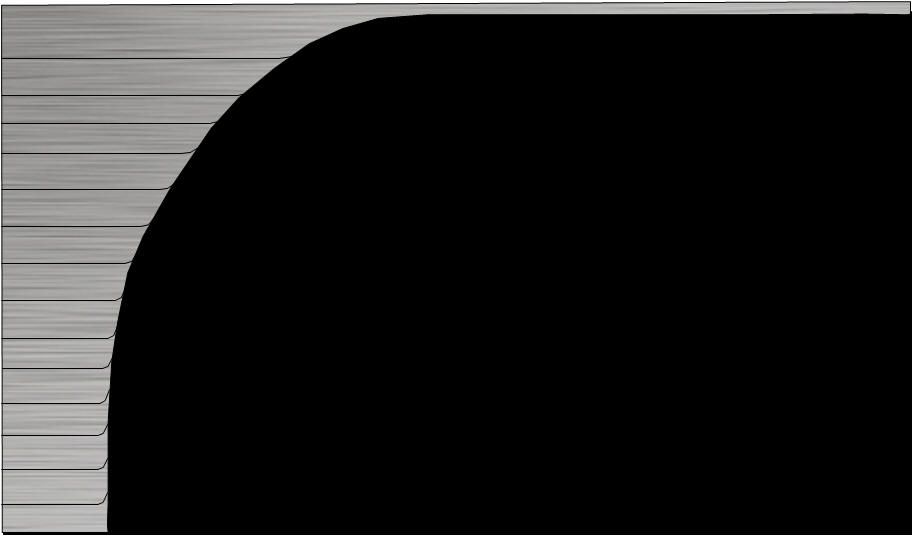On May 8, 1902, the town of Saint-Pierre, Martinique, where he was stationed, suffered from the volcanic eruption of Mount Pelée. Hébert coordinated the escape and rescue of some 700 people. This experience had a profound effect on him, and reinforced his belief that athletic skill must be combined with courage and altruism. He eventually developed this ethos into his motto: "être fort pour être utile" (be strong to be useful). Inspired by indigenous tribes, Hébert became a physical education tutor at the college of Reims in France. He began to define the principles of his own system of physical education and to create various apparatus and exercises to teach his method naturally, which he defined as:
Methodical, progressive and continuous action, from childhood to adulthood, that has as its objective: assuring integrated physical development; increasing organic resistances; emphasizing aptitudes across all genres of natural exercise and indispensable utilities (walking, running, jumping, quadrupled movement, climbing, equilibrium (balancing), throwing, lifting, defending and swimming); developing one's energy and all other facets of action or virility such that all assets, both physical and virile, are mastered; one dominant moral idea: altruism.—Georges Hébert,
- Energetic or virile sense: energy, willpower, courage, coolness and firmness
- Moral sense: benevolence, assistance, honour and honesty
- Physical sense: muscles and breath






